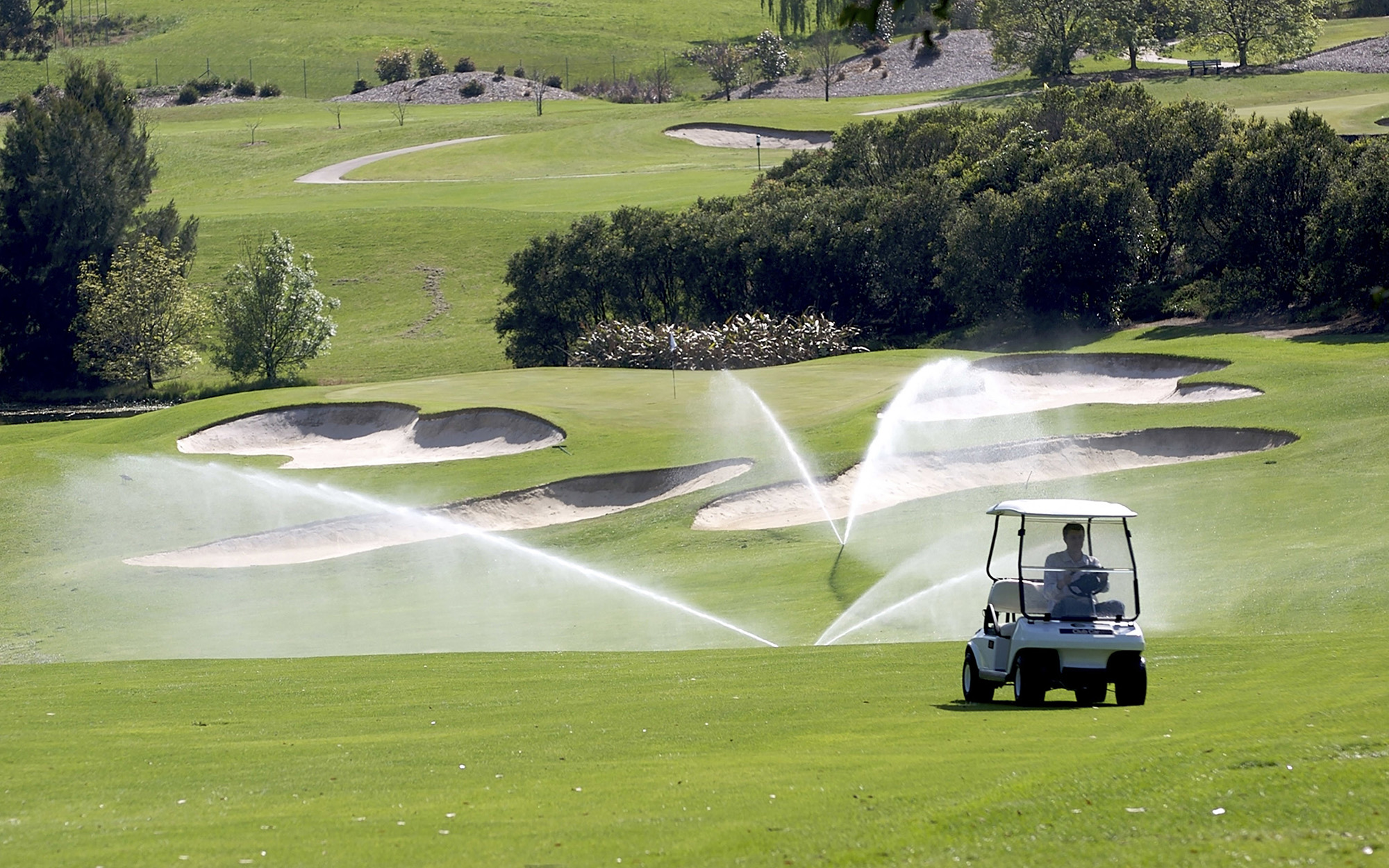Major cities around the world source their water supplies from a variety of different means.
In Greater Sydney, our current water supplies are predominantly sourced from surface water collected via dams, with water also sourced from seawater desalination for drinking purposes and from recycled water for non-drinking uses.
The Greater Sydney Water Strategy identifies the need to build a more resilient and sustainable water supply now and into the future, with increased and new uses of recycled water and potential new desalination options. We need to ensure our region has enough water to cater for growth and provide water security in the event of drought.
Definitions of common water terms referenced
Term | Definition |
|---|---|
Dams | A dam is a barrier or structure built across a waterway so that water is stored for supply. In metropolitan areas dams typically provide the bulk of water supplies. Water from dams is dependent on rain and is increasingly being supplemented in major cities by rainfall-independent water sources. |
Enduring supply | An amount of water that can be supplied confidently, to meet demand for water in a city or region, irrespective of the duration and intensity of a drought. |
Groundwater | Groundwater is the water below the land surface. Groundwater slowly moves between gaps in rocks and sediments. In some instances, it connects to rivers, streams, lakes and wetlands and in some cases it does not interact with surface water. Treated groundwater can also be extracted and used to supplement water supplies for drinking and non-drinking purposes. |
Purified recycled water for drinking | Water recycled from industry and homes (including from kitchens, showers and toilets) that has been purified to meet strict Australian Guidelines for Water Recycling to supplement drinking water supplies. |
Rainfall-independent water supply | Sources of water for drinking and non-drinking uses that are not dependent on rain. The two key sources of rainfall-independent supply are seawater desalination and recycled wastewater. |
Rainwater tanks | A water tank used to collect and store rainwater runoff from a property’s rooftop via pipes, used for non-drinking water purposes in metropolitan areas and to supplement drinking water supplies in semi-urban and rural areas. Using rainwater can provide multiple benefits, including reduced demand on drinking water and environmental benefits. |
Recycled water for non-drinking | Recycled water is sourced from wastewater and treated to provide water for non-drinking purposes including irrigation, industrial and household uses such as toilets and washing machines. Using recycled water reduces demand on drinking water systems and limits discharge of wastewater to the environment. |
Resilient water supply | A water supply that is able to withstand or recover quickly from difficult conditions, such as prolonged and intense droughts. |
Seawater desalination | Seawater is treated to remove salts to create water suitable for drinking. This method provides a cost-effective rainfall-independent source of water. Although it is energy intensive, many desalination plants are powered by renewable energy. |
Stormwater harvesting and reuse | Collecting, storing and treating stormwater from urban areas for reuse, typically for non-drinking purposes. Stormwater harvesting schemes provide multiple benefits to communities, including improving environmental and social benefits through the provision of green open space and healthier waterways. |
Surface water | Water collected from rivers, dams and weirs and then treated and transported for drinking water and non-drinking water uses, is an important part of our existing water supply portfolio. Dams and reservoirs store water for future use, but they rely on rainfall and are less resilient to climate change. |
Unplanned reuse | Unplanned reuse of wastewater occurs when treated wastewater is discharged into a river or other large waterbody, and is extracted further downstream for water supply purposes. This treated wastewater, mixed with a high proportion of river flows forms part of the water supply for towns further downstream. Unplanned reuse of wastewater is common around the world in river systems that are home to multiple communities and cities, but it only represents a very small portion of the source water that supplies Sydney now. When extracted downstream the water is treated to drinking water standards before being used for water supply. |
Water efficiency | Any measure that reduces the amount of water used per unit of given activity, without compromising the achievement of the value expected from that activity. |
Water restrictions | Mandatory or enforceable controls on the way we use water during times of drought. |
Water sharing between regions | Pipelines, canals and rivers connecting two or more major water sources to transport water from once catchment to another. This allows water supply in a region to be optimised by moving water between catchments to communities with less water. |
Key information sourced courtesy of the Water Services Association of Australia - www.wsaa.asn.au.
